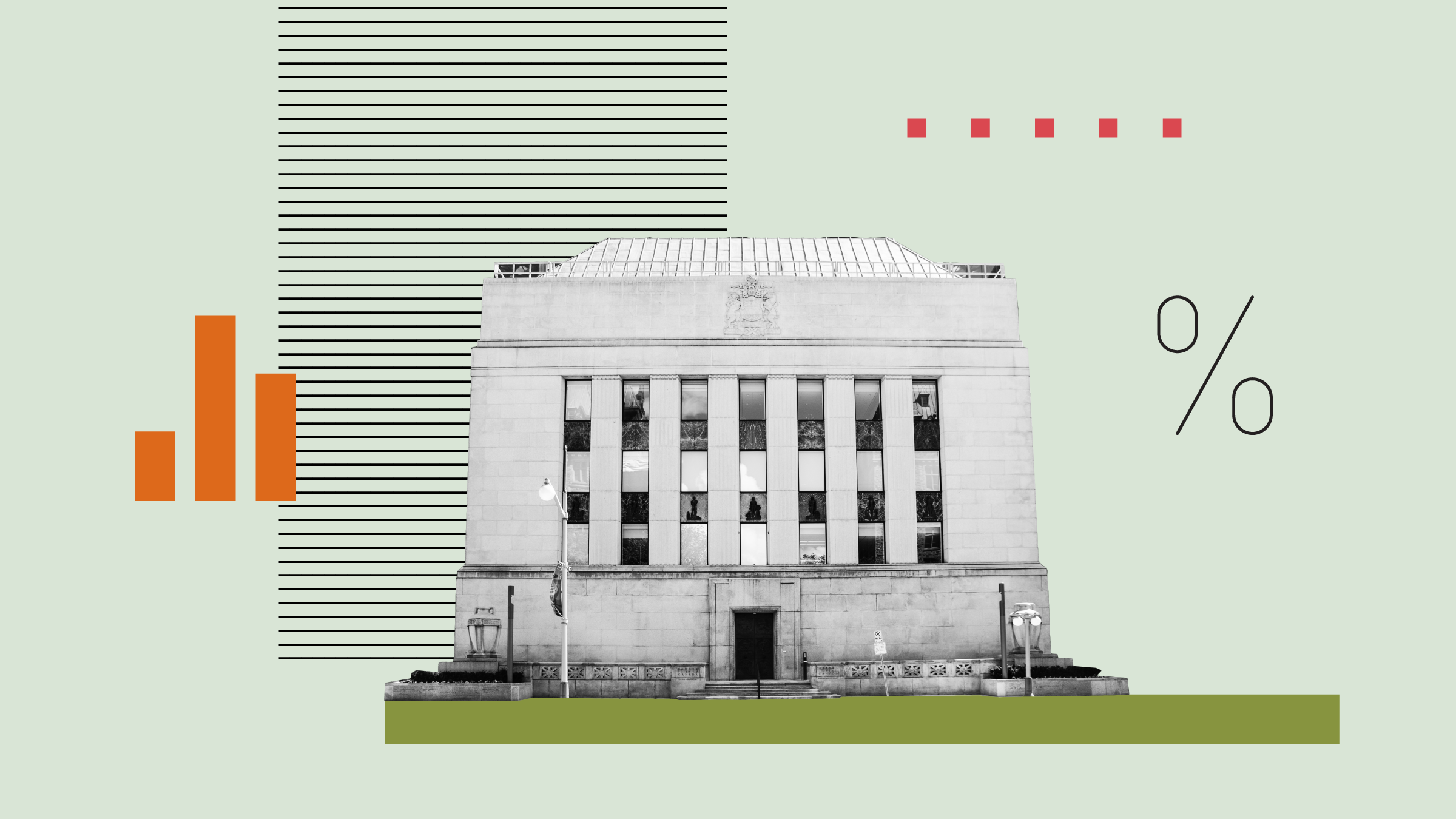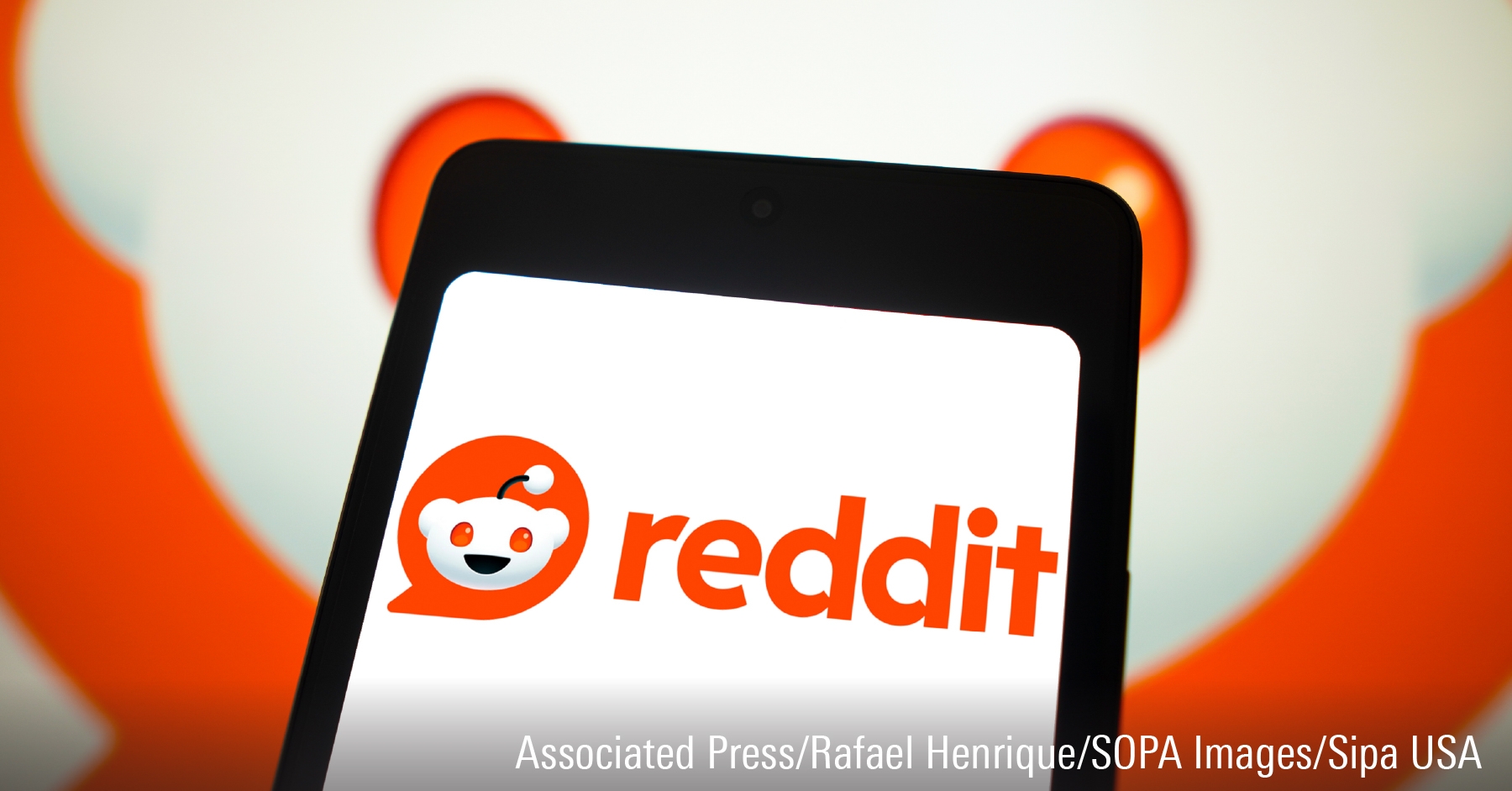Josh Aguilar: We recently downgraded General Electric's moat to narrow from wide. The way we differentiate between a wide moat and narrow moat comes down to our confidence in excess returns. When we assign a firm a wide moat, we're saying we have very high confidence that a company will achieve normalized excess returns over the next decade, and more likely than not over the next 20 years. By contrast, with narrow-moat-rated firms, we're still saying we think it's more likely than not a company can clear that 10-year hurdle, but we don't have that same high degree of confidence we do with wide-moat-rated firms. What ultimately affects our visibility into the future with GE really are two main factors: secular threats facing GE Power and lingering liabilities at GE Capital.
With power, which is the firm's largest segment by revenue, renewables like wind power are now a cheaper alternative from an unsubsidized levelized cost of energy standpoint. Median prices for wind power as measured by dollar per megawatt hours are, on average, about 25% cheaper than natural gas through the cycle. Moreover, while natural gas generates around half the carbon dioxide emissions that burning coal does, wind power produces virtually no negative environmental impact--it's a clean source of fuel that doesn't emit particulates into the air.
What GE's biggest proponents often point to is the firm's massive installed base. GE powers about one third of the world's electricity. In theory, this should give them a sizable switching cost competitive advantage and allow GE to continue having a large amount of aftermarket service revenue. The problem, however, is you now have alternative forms of energy that are potentially cheaper and cleaner in an industry that suffers from overcapacity. We're not suggesting gas or other fossil fuels are going away. The wind won't always blow, and the sun won't always shine. But we do think there is a risk of some of these assets becoming stranded assets as renewables, which GE also has exposure to, become increasingly cheaper in a price-competitive industry.
Second, GE capital has a lot of legacy issues they’re dealing with, both in insurance and mortgages, and we essentially believe it has no equity value even as it has about US$10.9 billion of tangible book value as of its latest balance sheet. The way we arrive at this calculation is we net out the present value of the number of payments GE is required to pay to GE Capital over the next six years as it shores up its long-term care reserves. That nets out about US$7.1 billion. The rest is a judgment call based on the extent of GE Capital's exposure to WMC's subprime mortgage lending activities prior to the crisis. GE is currently being investigated by the Department of Justice for alleged FIRREA violations, which is a civil statute that came out of the savings and loans crisis of the 1980s. They've booked about a US$1.5 billion liability, and we think this a starting point. When we compare WMC to Countrywide, we think the liability should be closer to about US$5 billion. When all is said and done, our math leaves us with essentially no equity value on GE capital's balance sheet.





















